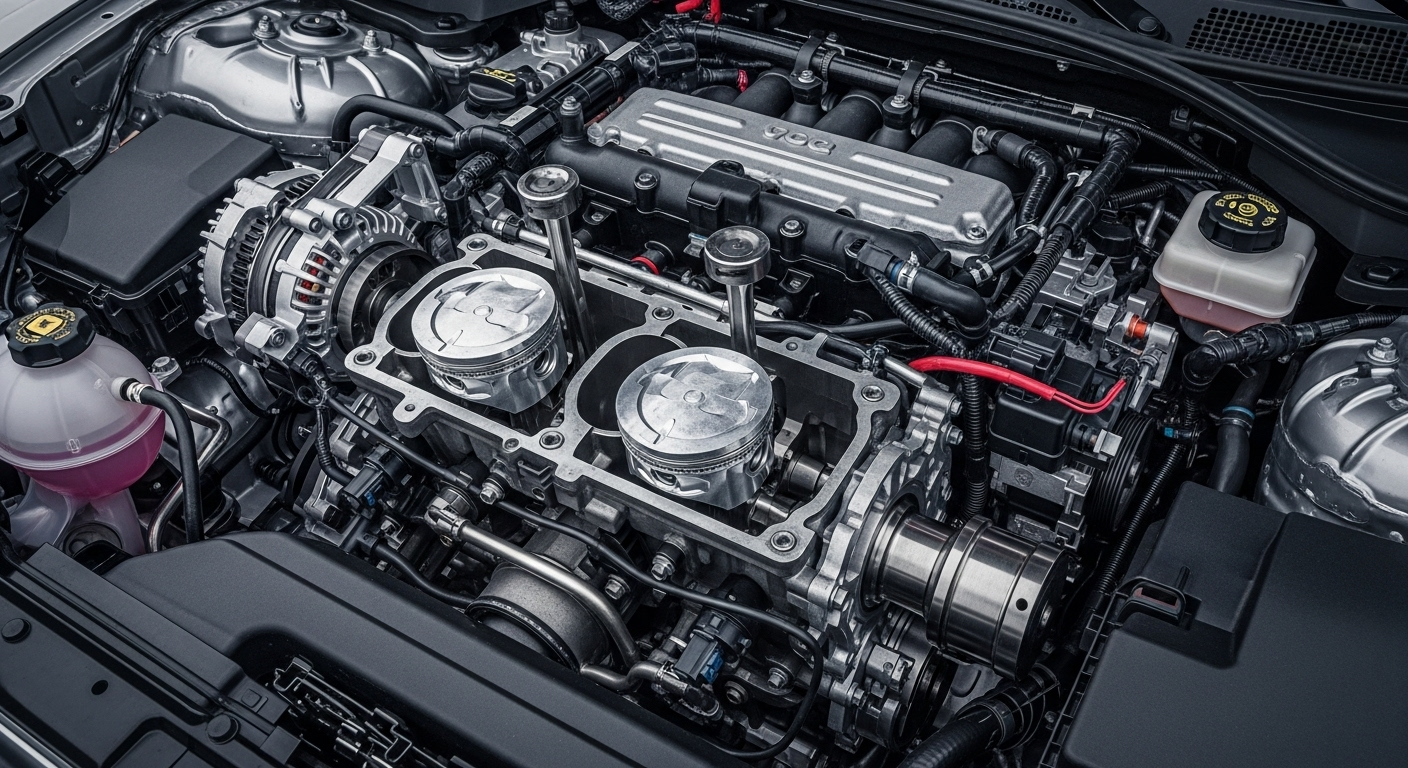Key Safety Checks for Rebuilt Vehicles Returning to the Road
When a vehicle is declared a writeoff and later rebuilt, returning it to the road requires careful safety checks. Owners, inspectors, and buyers should confirm structural repairs, documented parts and repairs, proper registration and title updates, and compliance with local inspection and insurance rules before accepting a rebuilt vehicle back into service.

How does a writeoff become a rebuild?
A vehicle marked as a writeoff typically has been assessed by an insurer or auction as uneconomical to repair in its damaged state. A rebuild means the vehicle has undergone restoration or repair to return to roadworthy condition. That process should include a clear valuation history showing the writeoff decision and subsequent repair record. Verify documentation that details parts replaced, repairs performed, and any recycling of salvage components. Understanding the writeoff and rebuild history helps assess liability, future resale value, and whether the restoration followed required standards.
What should I check at auction or salvage yards?
If purchasing a rebuilt car from an auction or salvage yard, inspect the vehicle in person or use a trusted local services inspector. Look for consistent repair quality, matching parts, and evidence of professional restoration rather than cosmetic fixes. Check for recycled or aftermarket parts used in repairs and confirm parts provenance where possible. Review auction paperwork and any seller-supplied documentation to ensure the vehicle’s history, including initial valuation and status changes, is clear. Auctions can move vehicles quickly, so having a checklist and an independent inspection report reduces the risk of unseen issues.
How does inspection and valuation work for rebuilt cars?
A formal inspection should cover structural integrity, mechanical systems, electrical components, and safety systems such as airbags and restraints. Valuation after a rebuild depends on the quality of repair, parts used, and market factors; rebuilt vehicles often carry a diminished market value compared to clean-title equivalents. Request an inspection report that notes prior damage areas, replaced parts, and any remaining concerns. Independent valuation services or insurers can provide comparative figures to help you understand how the rebuild affects long-term value and insurance coverage options.
What registration, title, and documentation are required?
Documentation must clearly reflect the vehicle’s status changes: from writeoff to rebuilt, and ultimately to a condition eligible for registration. Ensure the title or registration records show any salvage or rebuilt branding required by local law. Collect repair invoices, parts receipts, inspection certificates, and any restoration logs; these documents support correct registration and can be required by authorities during inspection. Proper documentation also protects against future liability claims and simplifies transfer of ownership, since a clear paper trail demonstrates compliance with local registration and title obligations.
How to verify repair, parts, and restoration quality?
Confirm repairs were performed by qualified technicians and that critical components—such as chassis sections, suspension, brakes, and steering—were restored to manufacturer specifications. Check that replacement parts match required standards and that safety-critical components are new or professionally refurbished rather than improvised. Ask for itemized repair records showing parts used and any warranties. A thorough mechanical inspection will reveal issues like misaligned panels, inconsistent welds, fluid leaks, or faulty electronics. Quality restoration reduces the likelihood of recurring repair costs and improves safety for occupants and other road users.
What about insurance, liability, and compliance?
Contact insurers early to disclose the vehicle’s writeoff and rebuild history; coverage options and premiums can differ for rebuilt titles. Insurers will often require inspection reports and documentation before offering full coverage. Understand liability implications: some rebuilt vehicles may face restrictions on commercial use, and incomplete documentation could create legal exposure. Ensure the vehicle meets local compliance standards for emissions and safety inspections to avoid registration problems. Keeping thorough records and following local regulatory steps helps satisfy insurers and authorities and clarifies responsibility if future incidents occur.
Conclusion
Rebuilt vehicles can be roadworthy when repairs, parts, and documentation meet regulatory and safety standards. Prioritize independent inspections, detailed repair records, accurate title and registration updates, and transparent valuation. Verifying compliance with insurance and local regulations reduces liability and supports a safer, more reliable outcome when a rebuilt vehicle returns to regular use.






